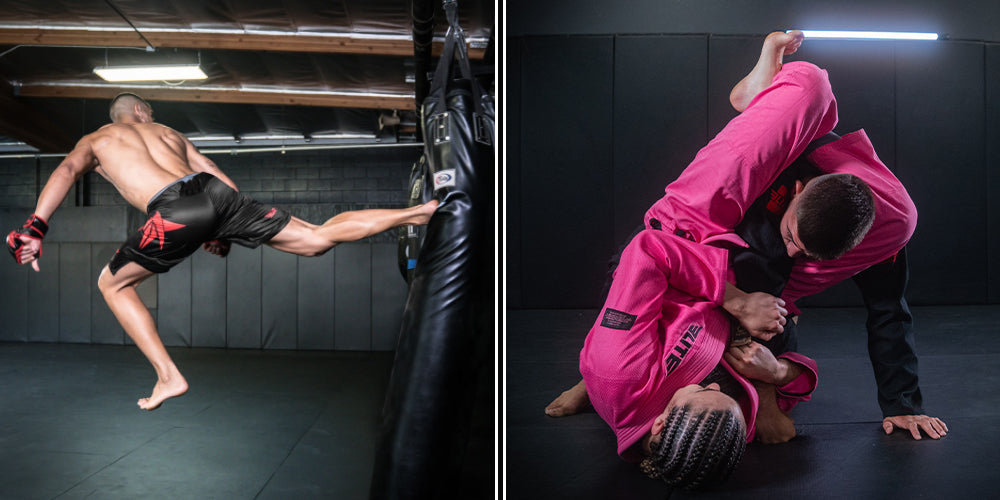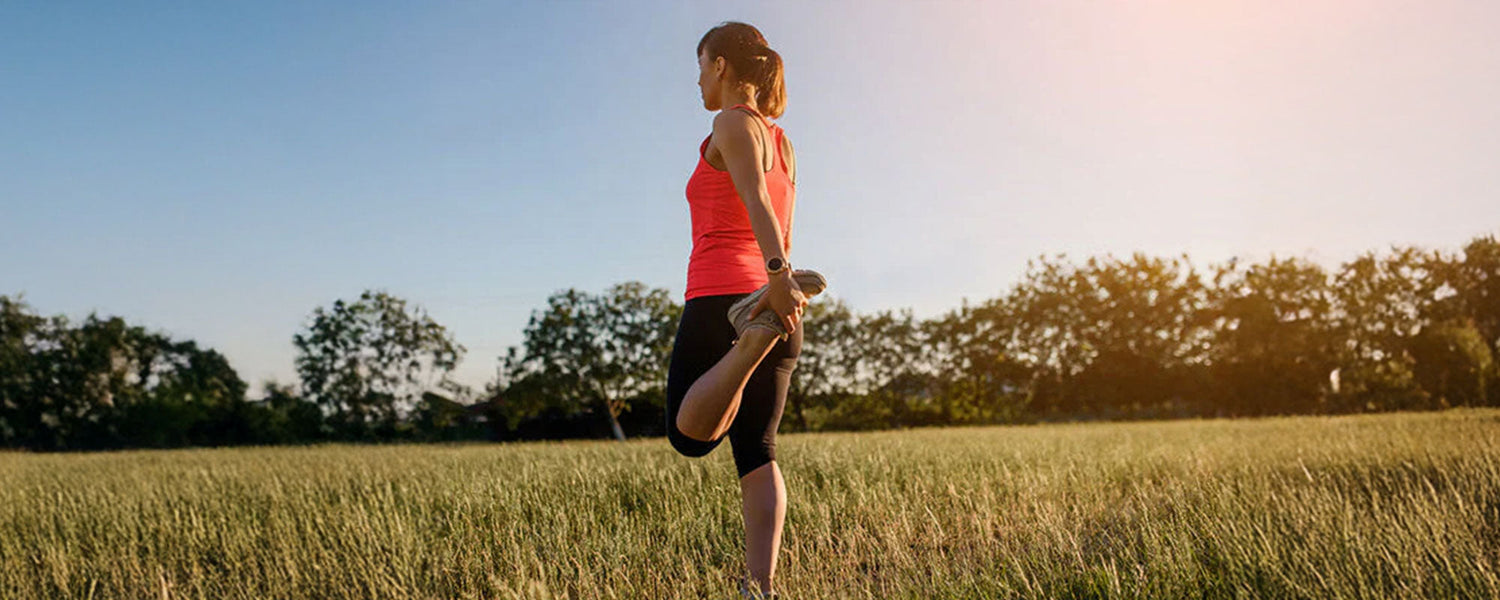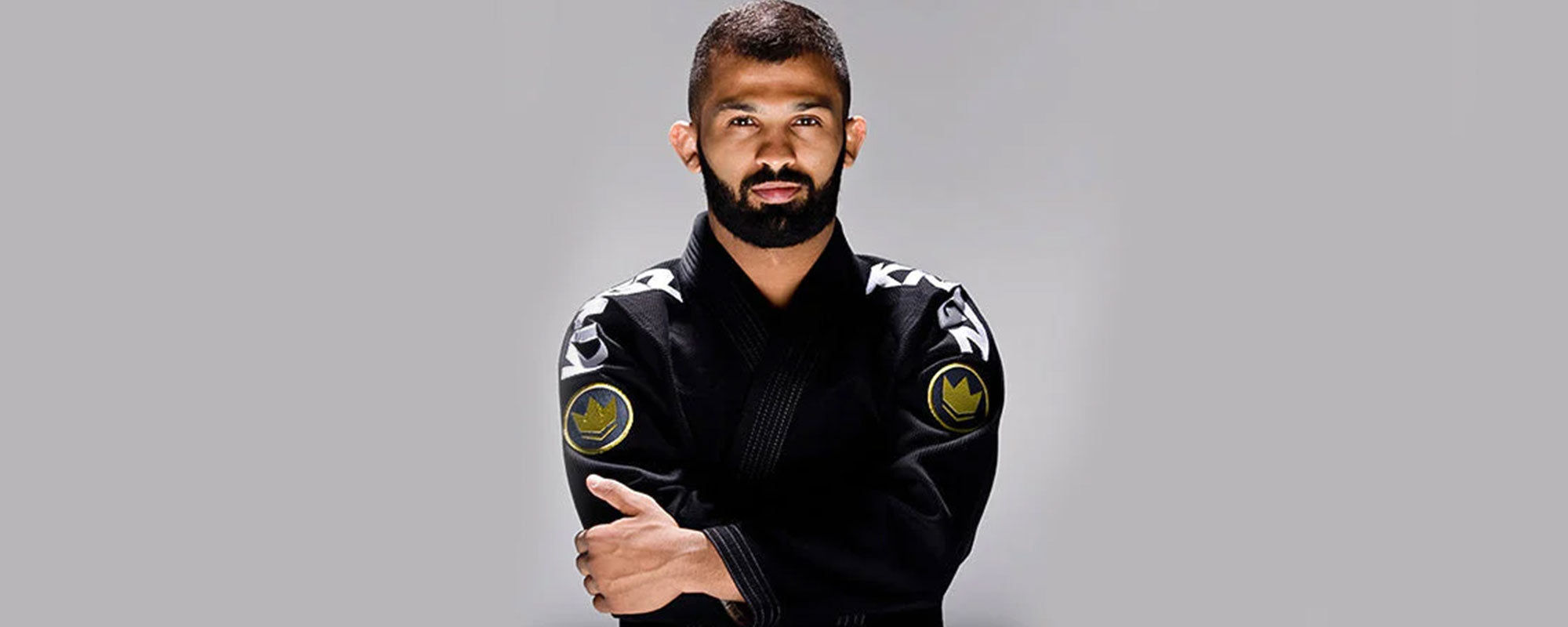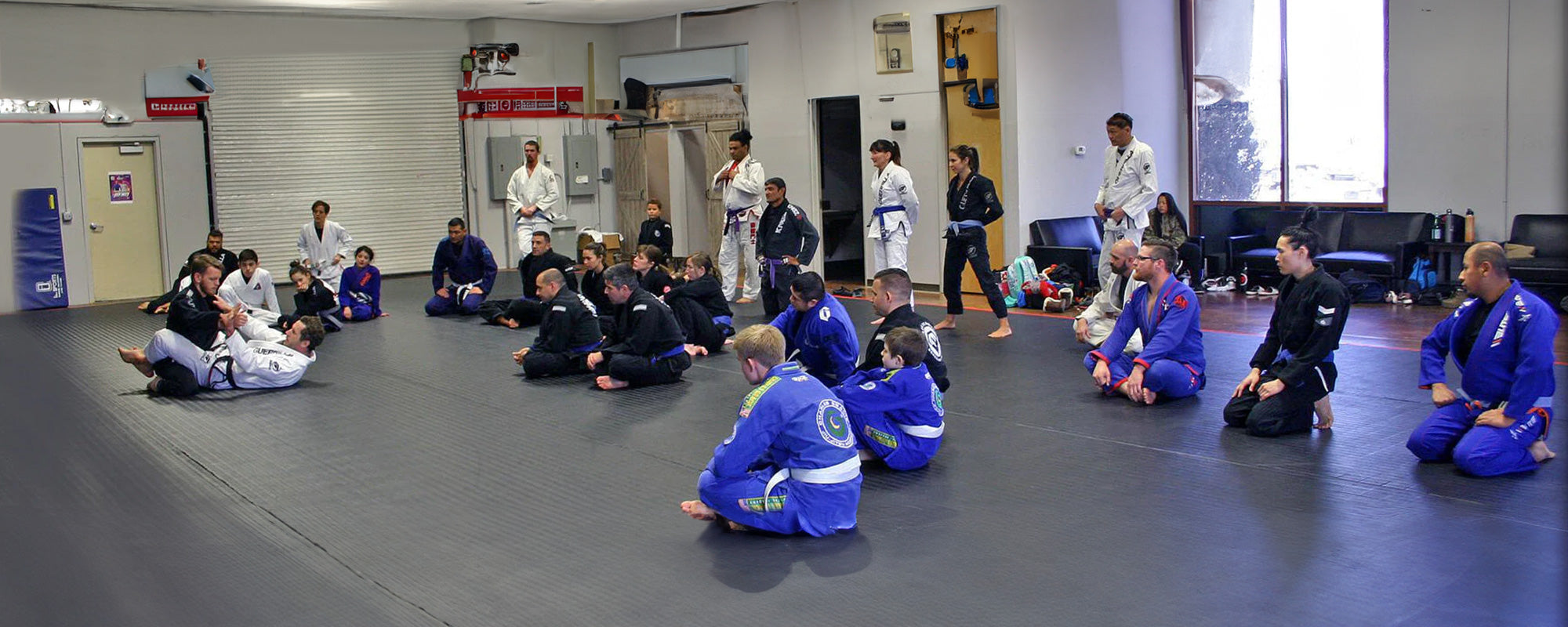Table of content
Millennium ago combat sports started for the purpose of self-defense and dominating the opponent. As civilizations progressed the nature of combat sports evolved under different rules. Just like the process of domesticating the wild animal, it took generations to accept the changes in the core nature of striking and grappling for streamlining the sport. In the twenty-first century, the most popular combat sports are BJJ, MMA, Judo, Kickboxing, and Muay Thai. The number of their practitioners and spectators is increasing day by day because of many physical, mental, and financial benefits.
So, it is important for the athletes and trainers of combat sports to become familiar with more beneficial and appropriate forms of training for adopting these modalities. That not only includes proficiency in fighting techniques but improvement in related and essential components like stretching and flexibility. Adopting these advanced techniques will not only increase the proficiency of the practitioners but also minimize the chances of getting injured. These techniques follow the exact essence of reverse engineering, by identifying the causes of injury and strengthening those weak areas, modern athletes can minimize the chance of injury.
1. Gaining Flexibility and Mobility for BJJ

How to Stay Comfortable on Long Motorcycle Rides
Before learning about BJJ leg stretching workouts let's first understand how stretching improves flexibility and mobility for BJJ.
1.1. Flexibility and Mobility: Know the Difference
The organization for athletic performance titled as The National Strength and Conditioning Association (NSCA), defines the term flexibility as
“A measure of the range of motion that has static and dynamic components”.
Flexibility is not mastered overnight. Plenty of hard work and patience is required. Flexibility improves your grappling on the mats. The more time you spend on gaining flexibility and mobility the better you perform in the fight.
Static Flexibility
Static Flexibility is the motion around joints and muscles. The amount of time you spend in the specific position. For example, hanging from the rod for 30 seconds or longer.
Dynamic Flexibility
Dynamic Flexibility is your ability to extend the elasticity of your joints and muscles during voluntary movements. It depends on your balance, coordination, and the potential to apply force for the specific action.
Active and dynamic flexibilities are equally important. They work in accordance with each other. Dynamic flexibility is essential for the execution of techniques and active flexibility saves the athlete from injuries when pressure is applied by the opponent during a fight.
1.2. Why Stretching is Necessary For BJJ Athletes
It is evident that during a fight, certain techniques require a large extent of motion and mobility. The inability to extend the limbs to the required range negatively impacts the athlete’s performance. It will be difficult for the fighter to escape from possible submission attempts.

Flexibility is a key component when we talk about different combat sports like Jiu-Jitsu, Muay Thai, and MMA.
Hip and Shoulder Flexibility
The BJJ athletes require high levels of hip and shoulder flexibility to execute head kicks and arm-bar submission escapes. A lot of strength is essential for a shoulder joint when the fighter attempts to rotate the arm around the shoulder joint to escape from an arm-bar submission. Such flexibility is gained through stretching exercises. Stretching exercises are helpful to replicate these movements.
Stretching Exercises
Stretching exercises are further explained as active stretching and passive stretching.
Active stretching exercises involve the movement of your joints and muscles around a specific range of motion. These exercises are helpful as a warm-up before a BJJ strength and conditioning session. They improve the mobility of the BJJ athletes. Most of the BJJ drills like bridging and shrimping fall under the umbrella of active stretching.
Passive stretching focuses to train your joints to the end range of their flexibility and hold on to it for 30 seconds or more depending on your capacity to hold. It may require some external assistance like using a BJJ belt for stretching hamstrings.
Active Stretching Exercises for BJJ
Following are the active stretching exercises that are helpful to execute different techniques for BJJ.
- Static stretching for the guard
- Static stretching for the open guard used during sweeps
- Static stretching with a switched base used during sweeps
- Static stretching for the upper body limbs
| Static stretching | ||
|---|---|---|
| Exercises | Sets | Time |
| Adductors | 3 reps | 20 s |
| Hamstrings | 3 reps | 20 s |
| Abductors | 3 reps | 20 s |
| Shoulders | 3 reps | 20 s |
Dynamic Stretching Exercises for BJJ
Following are the dynamic stretching exercises which are helpful to execute different techniques of BJJ.
- Dynamic back roll
- Movement of flexion and extension of the hips and lumbar spine
- Base switch helpful in the “scissors” movement.
- Dynamic stretching for the adductors is often used during the passing of the guard.
| Dynamic stretching | |||
|---|---|---|---|
| Exercises | Sets | Time | Rep |
| Backward Roll | 2 sets | 30 s | 10 |
| Base Changes for the Abductors | 2 sets | 30 s | 10 |
| Scorpion for Shoulders and Trunk | 2 sets | 30 s | 10 |
| Hip Abductions | 2 sets | 30 s | 10 |
2. Best Leg stretching Workouts for Brazilian Jiu-Jitsu
Following are the best BJJ leg stretching workouts for improved grappling.
2.1. Marching Calf Stretch
Marching calf stretch is a low-impact exercise. It focuses on the contraction and relaxation of the “triceps surae”, the rear-facing muscles of your leg. It aims to:
- Reduce the Risk of Injury
- Increase Short Term Range of Motion
- Enhance Long Term Flexibility
- Relieve Muscle Soreness
The procedure is to stand facing the wall nearly half a meter away. Place your hands on the wall straight and firm. Bring one foot closer to the wall to enter a shallow lunge position. Maintain a neutral spine and press the heel of your back foot down to passively stretch the calf of your rear leg. The intensity of the stretch can be adjusted by stepping back. Hold for 30 seconds to 1 minute in this uncomfortable posture. .
2.2. Quad Stretch
The quad stretch is useful for BJJ athletes to improve their body balance and coordination. It stretches the muscles in your quadriceps. If you feel tight quadriceps, it is due to the inactivity or overuse of the muscle.
The benefits of this stretch include:
- Reduced Recovery Time
- Improved Flexibility and Mobility
- Reduced Back Pain
- Reduced Knee Pain
If you want to improve the difficulty level of your quad stretching then you can incorporate some of the famous yoga poses like asana, pigeon pose or downward facing dog.
First, warm up with a quick walk or brisk jogging or with some cardio to accelerate your heart rate. Be gentle in the start. Avoid putting extra weight or stress on the muscles. Lying quad stretch is a simple one.
To perform this stretch lie on your left side. Put the legs straight. Place your head and shoulders on the left elbow. Bend your right knee with your right hand, and gently move towards your glutes until you feel the stretch. Repeat the same procedure on the right side.
For an upright stretch, the common exercise is the kneeling lunge.
2.3. Hip Flexor Stretch

Hip flexor stretching is a friendly-movement exercise for BJJ beginners. You can incorporate this BJJ leg stretching routine before or after your BJJ training session.
The benefits of hip stretching include:
- Relief from Pelvis Pain
- Reduced Pain in Hip Joints
- Enhances Athletic Performance
- Improved Flexibility and Mobility
The procedure is to lie straight on the floor. Bend your left leg and bring it closer to your chest. Apply the force with your hand on your knee to bring it closer to your chest, thus increasing the intensity of stretching. Apply the same procedure to the right leg. Be careful to keep your spine in a relaxing state and not in a curly state.
2.4. Supine Hamstring Stretch
The hamstring stretch plays a pivotal role in improving body posture and reducing lower back pain. It improves the mobility of the legs and pelvis joints.
Contracted hamstrings pull the pelvis to maintain the arch of the lower back. Tight hamstrings can cause disc complexities.
The benefits of hamstring stretches include:
- Decrease in Lower Back Pain
- Reduce Injury Rate
- Improved Flexibility
- Improved Posture
- Weight Loss
To effectively perform the hamstring stretches do not bounce. This may cause muscle soreness. Make sure your hips are directly under your feet. If you think that your core muscles are weak, try taking the support of a table or a wall.
2.5. Bridges

You have to raise your back by putting weight on your toes while raising the knees. Your back should be 8 inches away from your heels. Exert pressure on your heels to raise your back from the floor. During this, your glutes are squeezed to tuck your tailbone. You will feel pressure on your thighs. When you reach the maximum intensity level, count for 30 seconds and then relax.
The benefits of bridges include:
- Relief from Lower Body Pain
- Improves Posture
- Strengthens Your Core
- Boost Your Booty
- Boost Flexibility
- Shapes Your Waist
2.6. Hip CARS
Controlled rotations allow the full motion of hip joints or extended possible range of motion (ROM). The end ROM is the weakest area. The hip CAR ensures the stretching of the hip joint to its fullest capacity. You can use different variations of the Hip CARX.
The following benefits are linked with Hip CAR:
- Improves Balance
- Strengthens the Foot and Glutes
The procedure is to raise your knee by keeping your back straight. Then move the knee to the outside. You can take support from the wall or a pole to help you perform the exercise. Cease the knee at that position and rotate the hip inwards. It brings the foot in line with the knee. Stay for a few seconds and then repeat the process on the other side.
Blocking
Blocking is when we introduce a feedback mechanism in our BJJ workouts. The blocking is performed through a foam roller, a trainer's hand, or through the wall. The purpose of blocking is not to cease the movement but to provide external support, so they can freely move their body to complete the task with little or no support at all.
Another variation of the Hip CAR is to open the hip up like the fire hydrant exercise by leaning your leg away from your body.
Here the purpose of the BJJ leg stretching workout is not to expand the range of motion but to gain strength and control of the ROM.
Change in the Orientation of Gravity
If you change the orientation of the gravity it will give new variation to the Hip CAR. We can add blocking through the kettlebell or foam rolling to fake the motion at the hip. Watch the following video to understand the procedure.
Hip CAR in Water
Hip CAR is a mobility training exercise. It improves the usable range of motion (ROM).
If you require a low-intensity recovery session or suffer from arthritis, then the underwater Hip Car is the best option for you to increase hip mobility. The water resistance can help to enhance the motion of the hip.
3. Conclusion
BJJ and other combat sports require highly intense physical training. A detailed and comprehensive plan for stretching should be designed for BJJ athletes in their training routines to focus on their active and passive movements. BJJ leg stretching workouts can be performed multiple times a day to accomplish improved flexibility and mobility. It allows you to improve the performance of your less-trained body parts, aligns the body posture, and prevents you from injuries and body aches.













Leave a comment
This site is protected by hCaptcha and the hCaptcha Privacy Policy and Terms of Service apply.